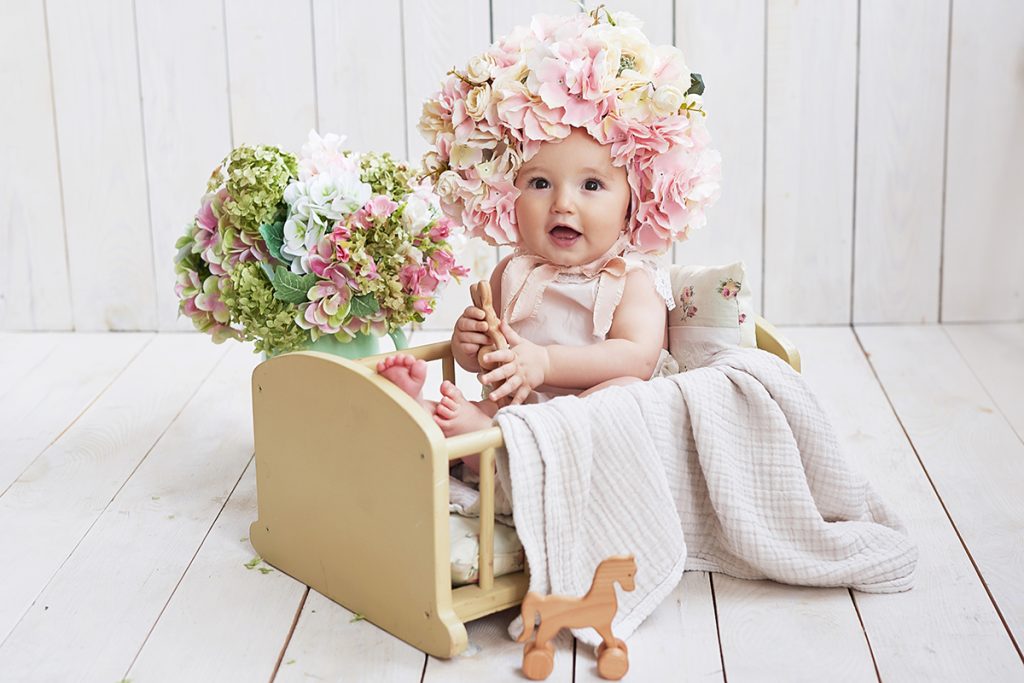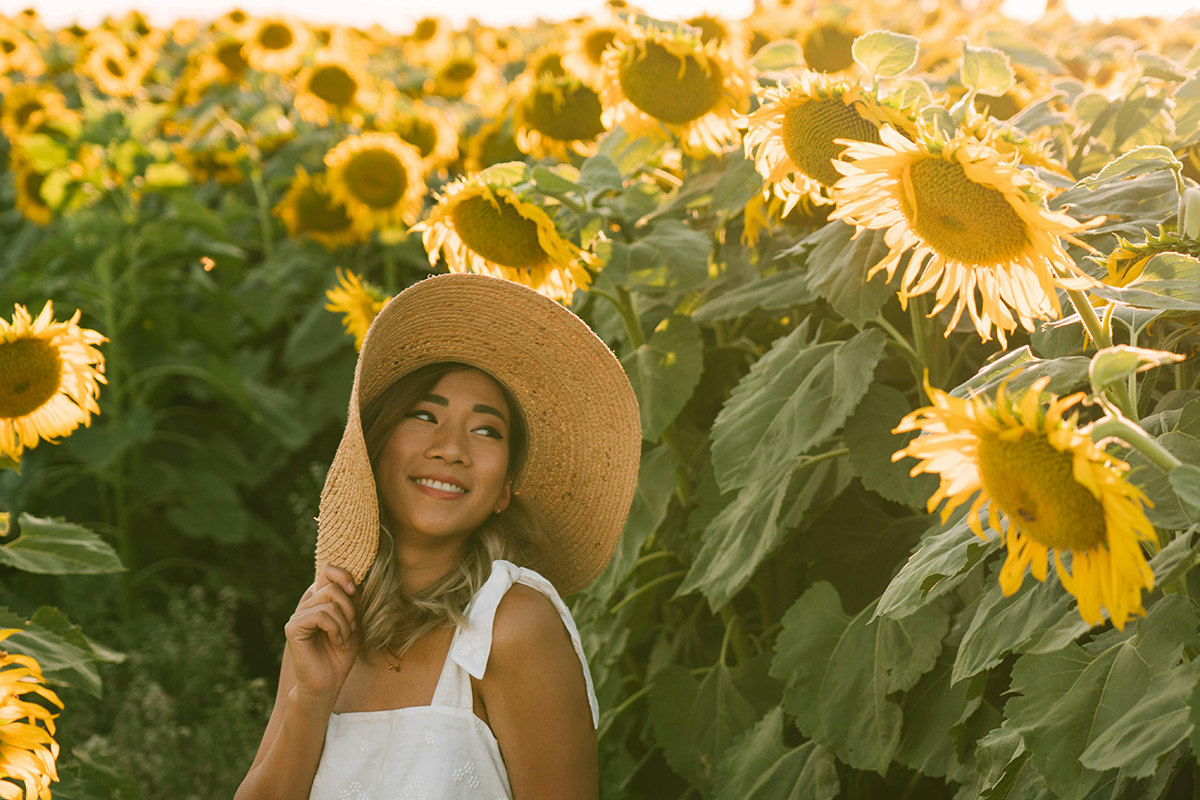Birth flowers guide for each month
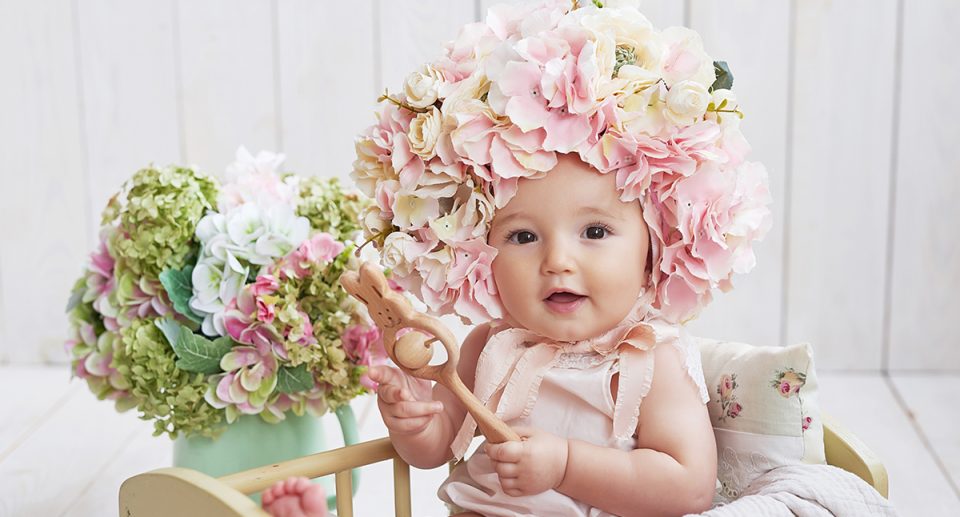
Similar to how birthstones are linked with each month of the year, specific flowers hold associations with each birth month. The origins of the concept of birth flowers remain unclear, but it possibly emerged as a natural progression from the Victorian practice of floriography, the language of flowers.
Well before the era of emojis, floriography was employed by the Victorians to convey their emotions. Due to the stringent etiquette that governed Victorian society, offering or wearing a particular flower could convey a hidden message, encompassing everything from glad tidings to self-admiration, humility, and purity.
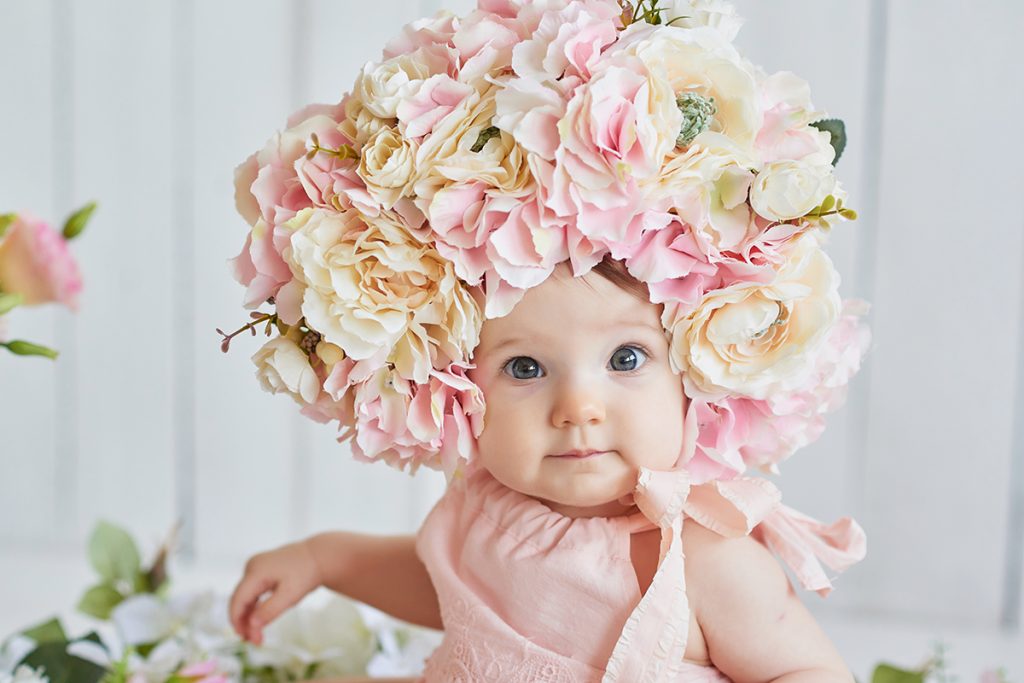
Books on the subject of floriography trace back to the 19th century, with the earliest known work being Charlotte de la Tour’s 1819 publication, ‘Le langage des fleurs’. Subsequent decades saw the creation of numerous other books, often accompanied by alterations in the meanings and symbolism associated with each birth flower—changes that typically aligned with the author’s inclinations at the time.
Therefore, one might question the validity of these flower meanings. According to the Royal Horticultural Society, plants themselves don’t inherently possess meanings; rather, it’s people who attribute meanings to them.
Nevertheless, there’s an element of enjoyment in delving into the concept of your birth month flower and uncovering its concealed significance. Continue reading to gain insights into your birth flower, along with suggestions for cultivating these delightful plants in your personal garden.
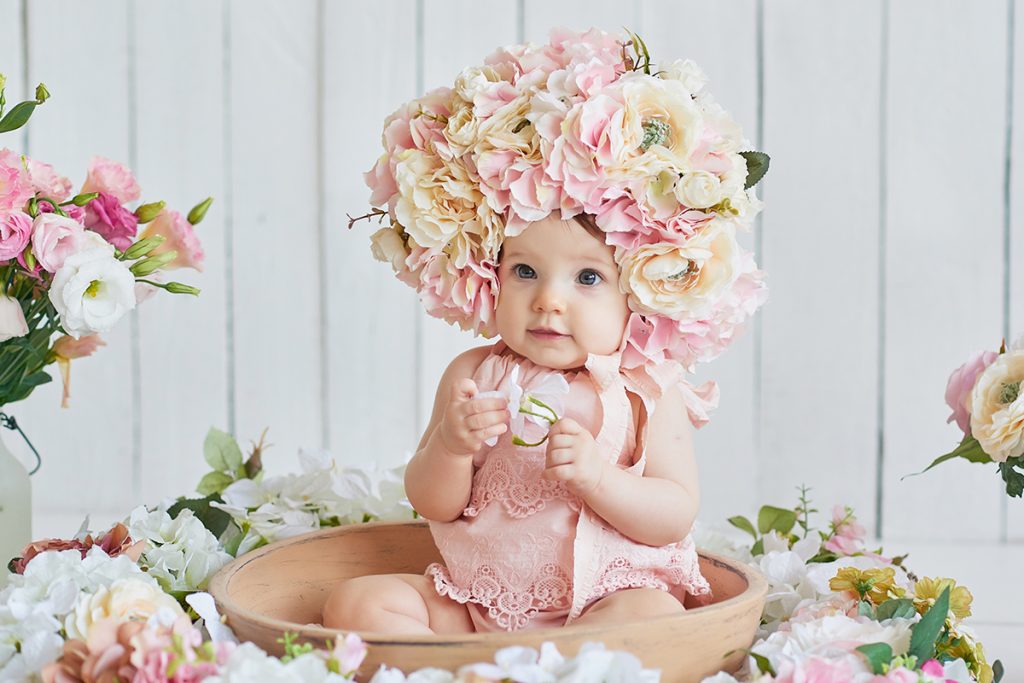
January – Snowdrop
Symbolism: Anticipation
Snowdrops emerge as one of the earliest flowers, often breaking through the snowy landscape. Planted during the fall, they yield late-winter blossoms that embody the promise of impending spring.
February – Primrose
Symbolism: Purity
Primroses unfurl their petals in the very early days of spring, sometimes even in the midst of snow. Available in a myriad of hues, some varieties are annuals, while others are cold-resistant perennials, requiring minimal maintenance in gardens.
March – Daffodil
Symbolism: Joyfulness
Daffodils serve as an unmistakable indicator of the arrival of spring. Their vibrant golden blooms add a cheerful touch to the springtime garden. By planting the bulbs in autumn, you can relish their blossoms come spring.
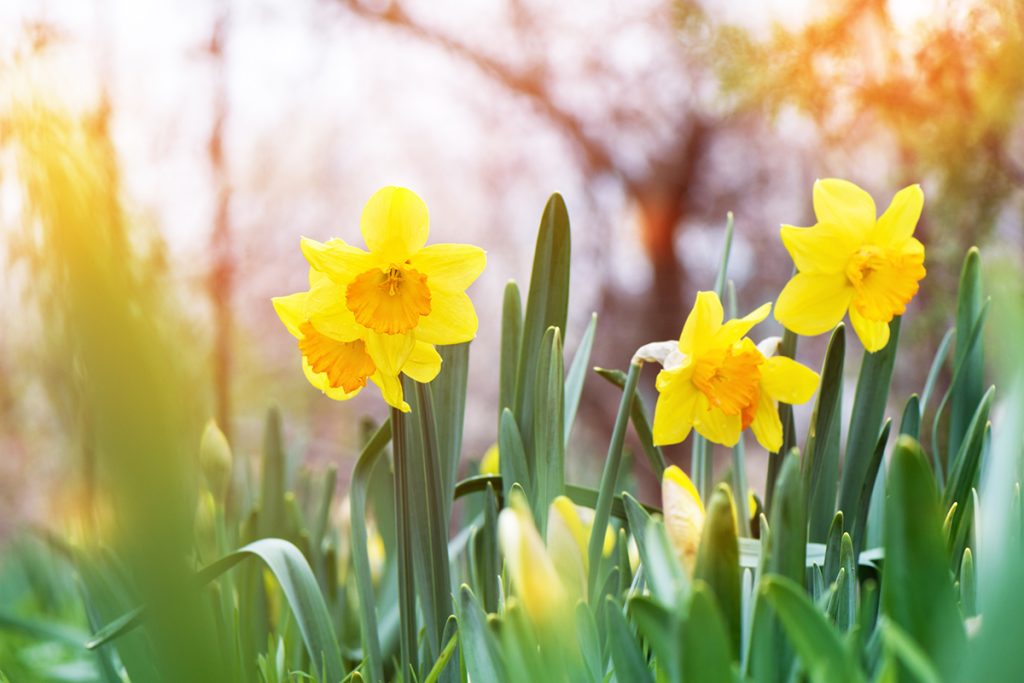
April – Sweet Pea
Symbolism: Purity
Sweet peas burst into bloom during the initial phases of spring. To cultivate them, sow the seeds directly into the garden as soon as the soil is workable—typically around two months before the final anticipated frost in your region.
May – Lily of the Valley
Symbolism: Joy
Lily of the valley, characterized by its slender green leaves and delicate, dangling bell-shaped flowers, stands as a perennial beauty. While serving as an exceptional ground cover, exercise caution in their placement; opt for spots with natural boundaries like walkways, as they possess a tendency to overtake entire gardens.
June – Rose
Symbolism: Affection
Early summer marks the zenith of many rose varieties’ blooming period. Among these, landscape or shrub roses are particularly advantageous to plant due to their undemanding nature, gracing the garden with blooms that persist from the onset of spring until the arrival of frost.
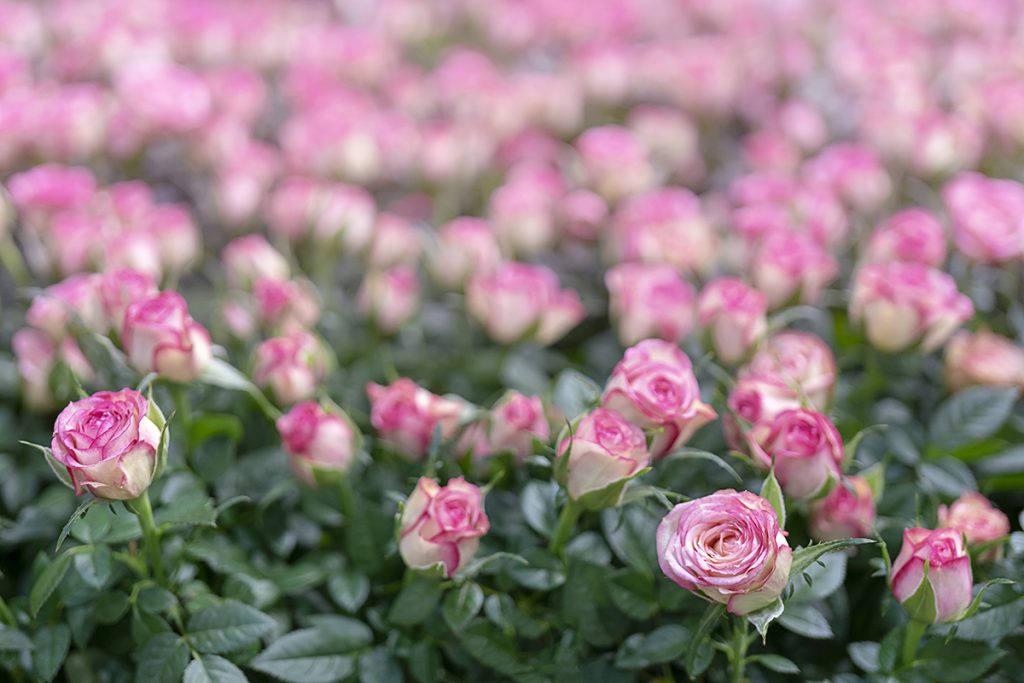
July – Delphinium
Symbolism: Jubilation
Recognized as larkspur as well, these statuesque perennial blossoms exhibit heights ranging from one to six feet, rendering them a captivating presence in cottage or cutting gardens.
August – Dahlia
Symbolism: Tenacity
Dahlias arise from tubers and maintain their perennial nature in warmer climates, while they assume an annual growth cycle in colder regions (though the tubers can be excavated in autumn for replanting the following spring). The diversity of dahlias is truly astonishing, encompassing an expansive spectrum of colors and forms, spanning from petite pom-pom varieties to expansive dinner-plate-sized blossoms.
September – Aster
Symbolism: Affection
Radiating their charm well after the fading of other garden blooms, these endearing perennials come in hues of pink, purple, and white. Serving as a magnet for pollinators, they stand as a delightful spectacle in any garden space.
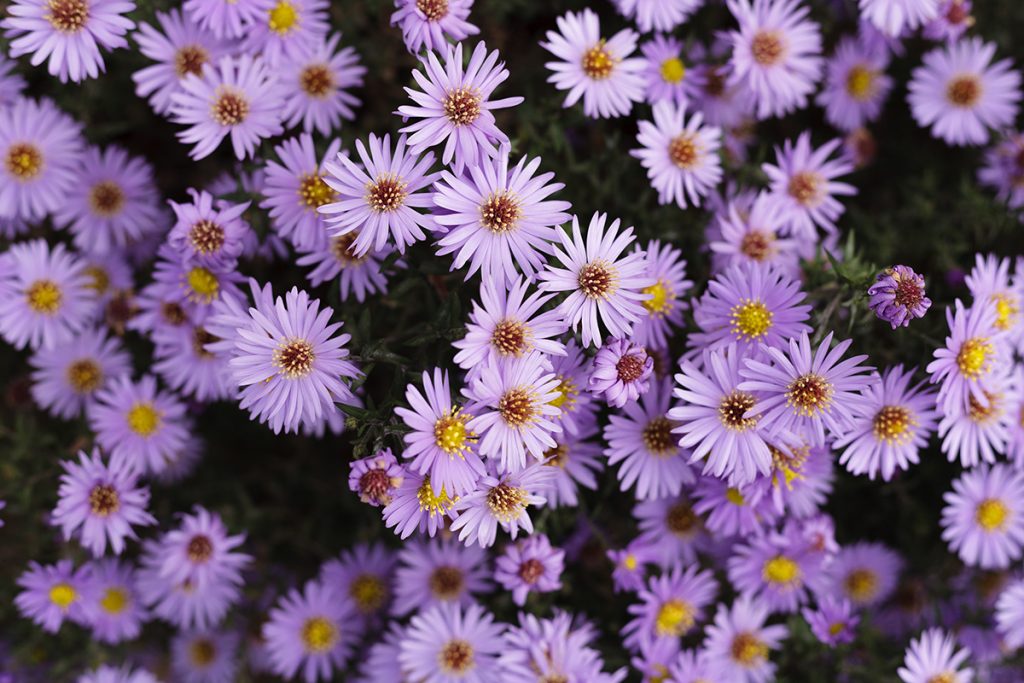
October – Marigold
Symbolism: Ingenuity
Marigolds, boasting prolonged flowering periods, grace the garden as annuals, bestowing their vibrant hues of yellow and orange from spring until fall, thus contributing a final burst of color to the late-season landscape.
November – Chrysanthemums
Symbolism: Excellence
Mums serve as the emblem of autumn within the garden, bursting forth in a spectrum of colors that range from pristine white to the deepest shades of burgundy. Although technically perennials when planted in spring to establish roots, they are frequently treated as annuals, replanted seasonally to illuminate the autumn scenery.
December – Paperwhites
Symbolism: Wholeness
Paperwhites, possessing delicate beauty, merit indoor “forcing” to experience their otherworldly blossoms and their potent fragrance. This practice allows you to relish their presence even during the colder months.
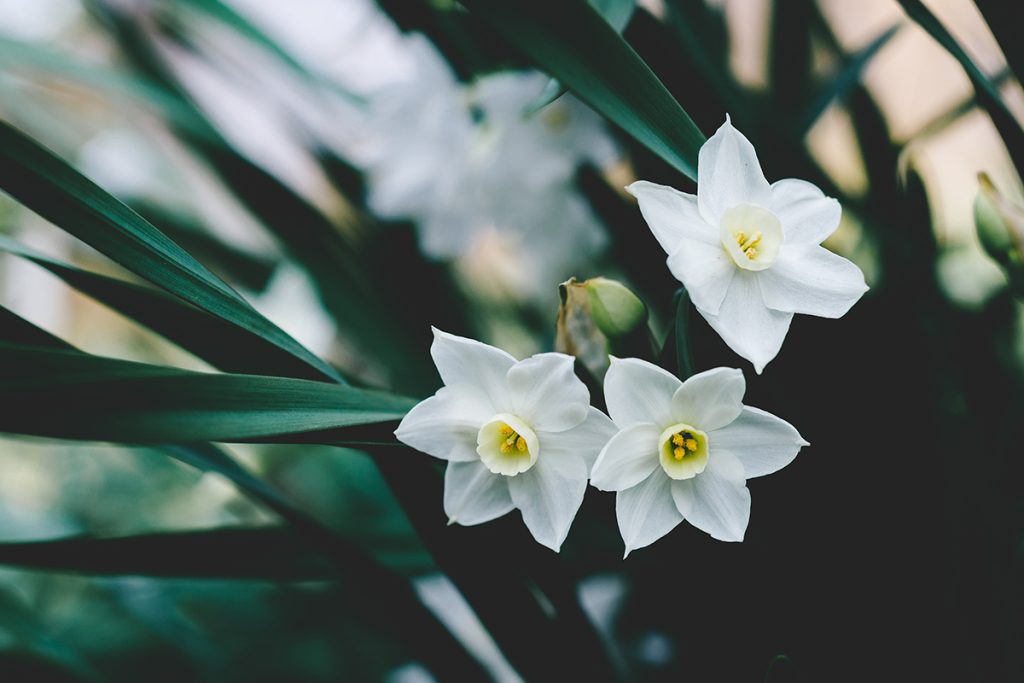
Birth flowers guide for each month conclusion
Delving into the significance of birth flowers corresponding to each month can offer a fresh perspective on your personal journey, while also serving as a means to foster connections with those you hold dear.
Acquiring a vibrant arrangement adorned with their birth flowers can elevate a straightforward birthday present into a deeply considerate gesture. And naturally, if you ever sought an additional rationale to indulge in some floral splendor, here it is.
